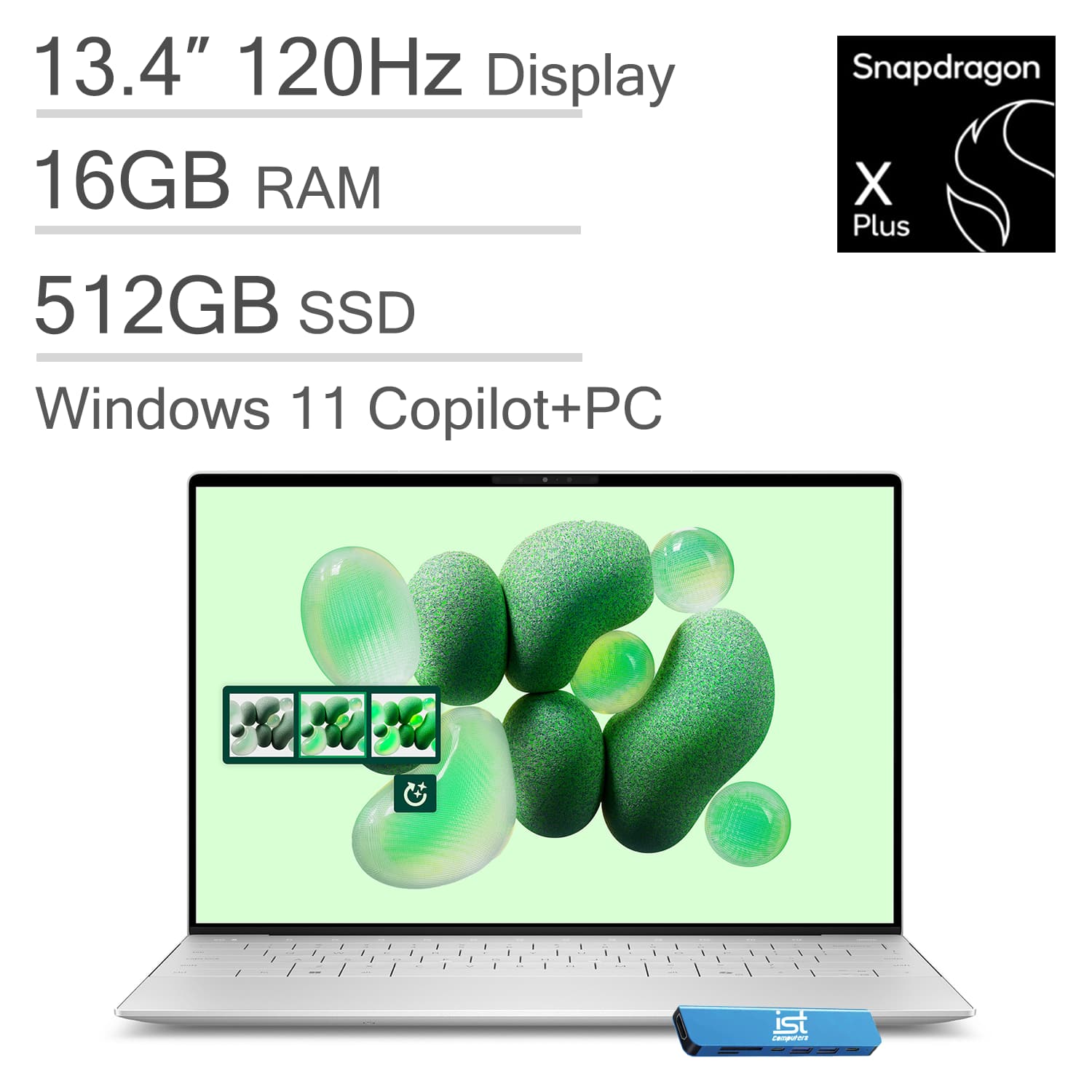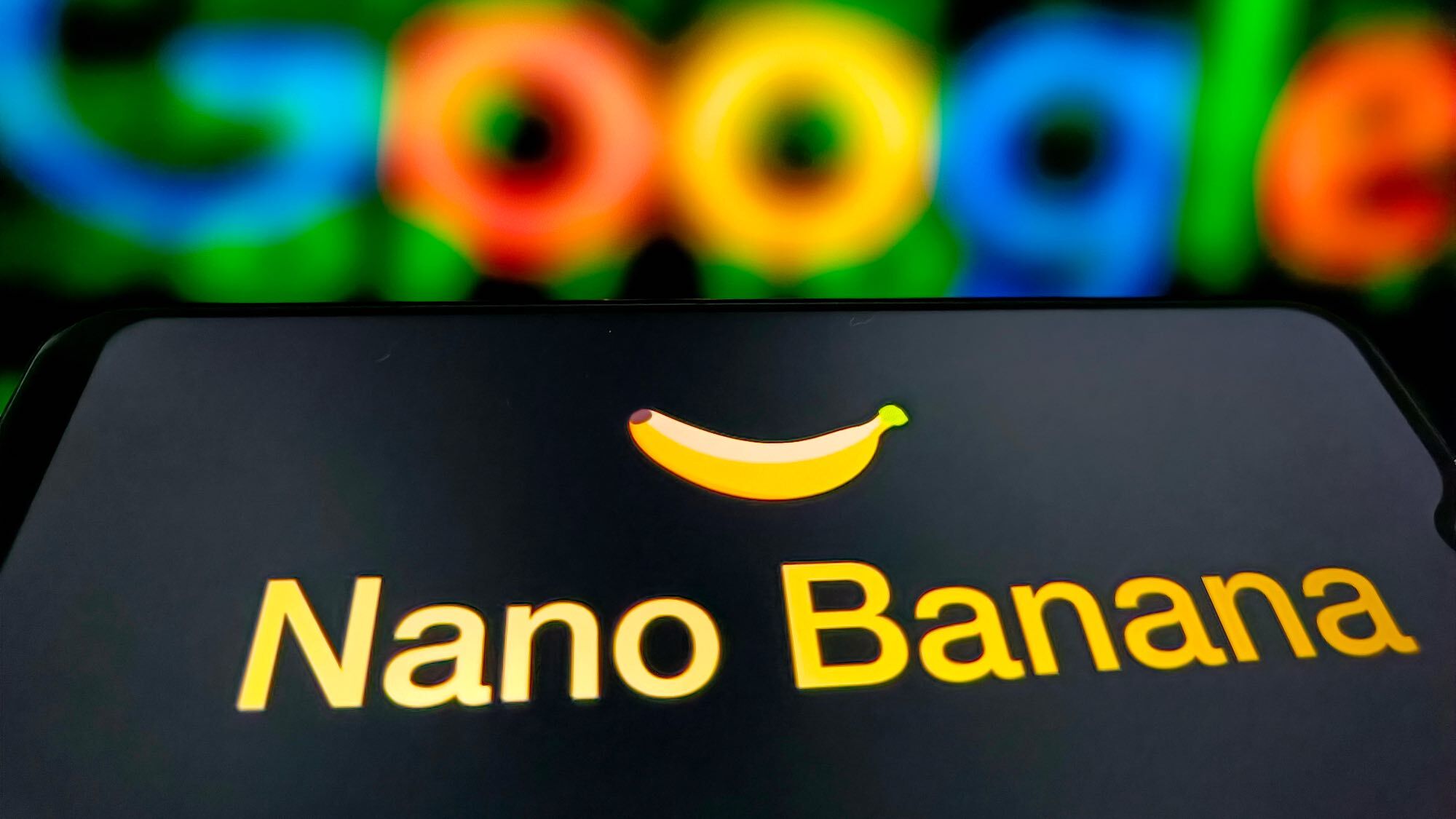OpenAI says they are no longer optimizing ChatGPT to keep you chatting — here’s why
OpenAI says it's putting your mental health first
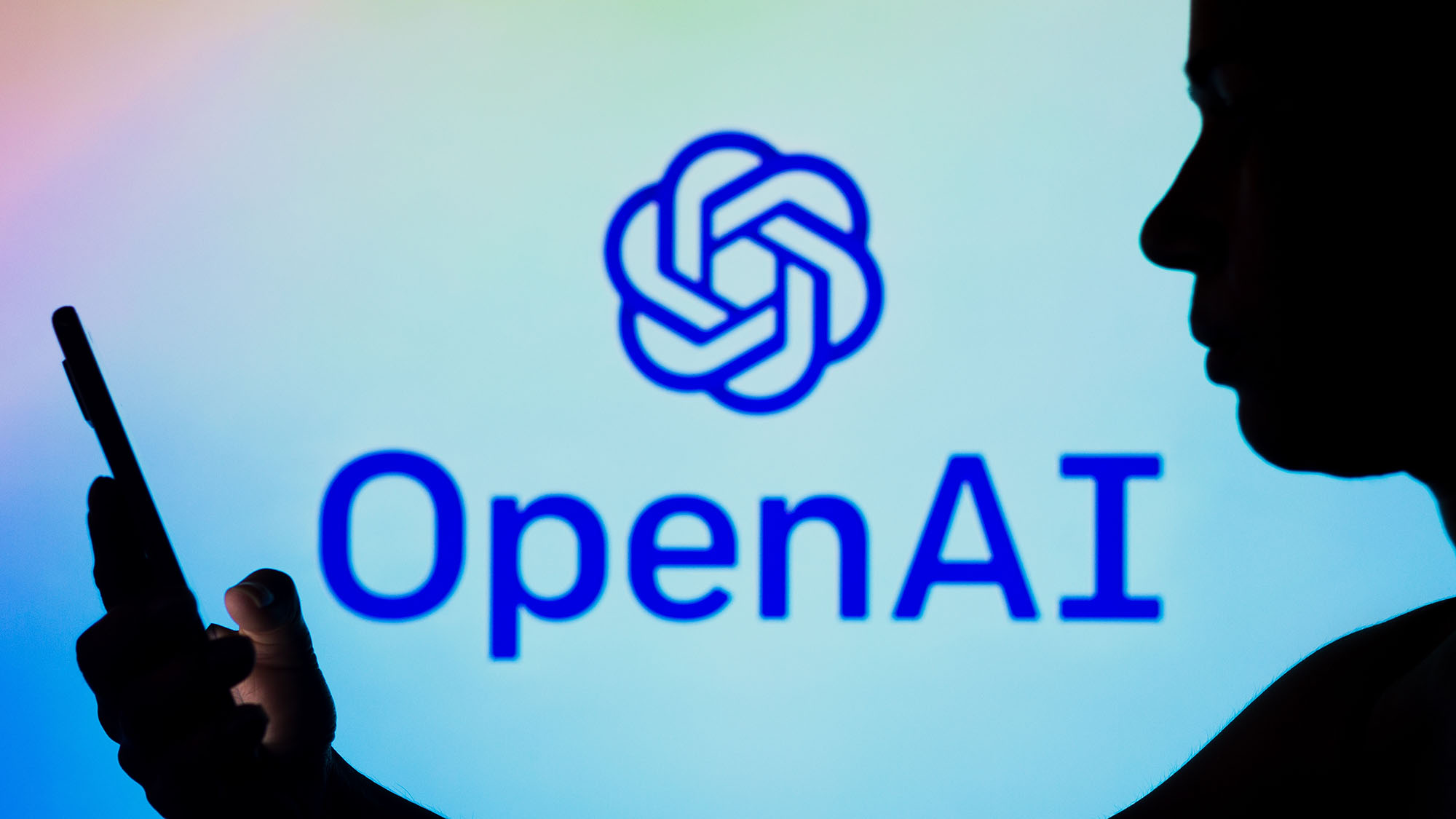
With over 180.5 million monthly active users and nearly 2.5 billion prompts per day, OpenAI recently revealed it is optimizing ChatGPT to help, not hook.
In a new blog post titled “What we’re optimizing ChatGPT for,” OpenAI revealed it’s moving away from traditional engagement metrics like time spent chatting. Instead, the company says it’s now prioritizing user satisfaction, task completion and overall usefulness.
This is an unconventional stance, as apps like TikTok, Meta, and similar Silicon Valley companies strive to keep users tied to their screens.
“We’re not trying to maximize the time you spend with ChatGPT,” OpenAI wrote. “We want you to use it when it’s helpful, and not use it when it isn’t.”
Less stickiness, more usefulness

While many platforms chase user attention, often with addictive features, OpenAI says it’s focused on building a helpful assistant that respects your time.
That means ChatGPT won’t be trying to keep you talking just for the sake of it. Instead, it’s being shaped into a tool that helps you solve problems, learn something new or complete a task, and then get on with your day.
This approach mirrors recent updates like Study Mode and ChatGPT Agent, both of which are designed to get things done rather than entertain. Together, they reflect OpenAI’s growing focus on goal-oriented AI over engagement-first design.
Get instant access to breaking news, the hottest reviews, great deals and helpful tips.
AI that helps, not hooks

Rather than acting like a social app that wants you to linger, OpenAI says ChatGPT is being tuned to behave more like a true assistant that offers answers, structure and support without dragging you into an endless chat spiral.
Behind the scenes, OpenAI says it’s incorporating feedback from its Superalignment and Preparedness teams, along with trust and safety evaluations, to ensure the assistant is more transparent, less sycophantic and better at knowing when to be concise.
OpenAI also acknowledges that people use ChatGPT in different ways; some want speed, others want depth; some prefer playful conversation, others want straight answers.
The goal is to improve default settings while still allowing user customization, just not at the cost of clarity or mental load.
What it means for you
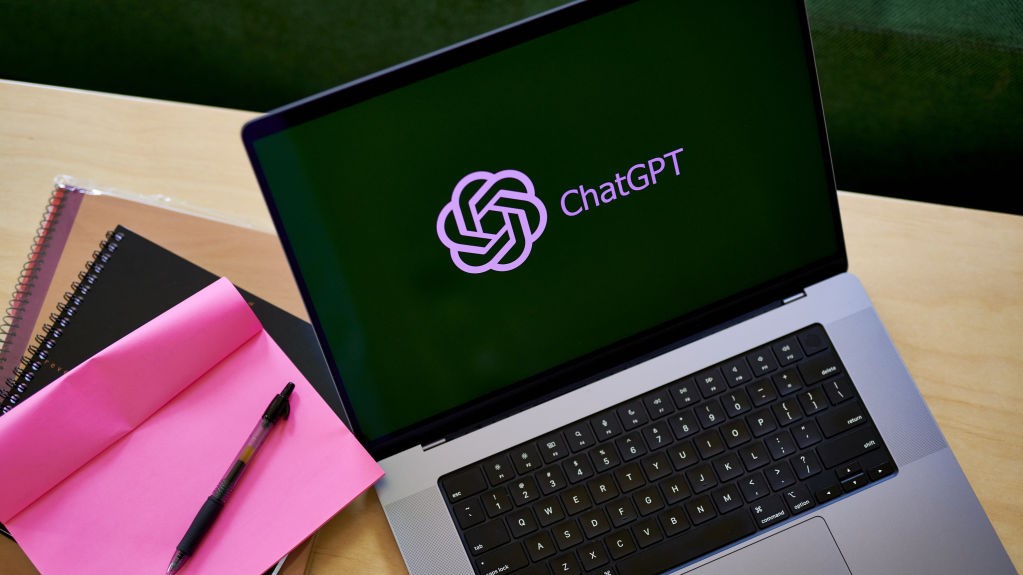
If you use ChatGPT for studying, writing, planning or productivity, you may soon notice:
- More focused replies
- Less chatty filler or small talk
- Smarter task completion and summaries
- Shorter, more efficient interactions when needed
The takeaway
OpenAI's shift is part of a broader trend toward human-centered AI; tools that support your work and well-being without demanding your attention in return.
The company's redefined vision for ChatGPT is simple: help people more, distract them less.
In a world full of apps designed to hook you, that’s a surprisingly radical move and one that could (hopefully) set a new standard for AI design going forward.
Follow Tom's Guide on Google News to get our up-to-date news, how-tos, and reviews in your feeds. Make sure to click the Follow button.
More from Tom's Guide
- ChatGPT-5 launch live blog: All the big news as it happens
- I tested GPT-5 vs GPT-4 with 7 prompts — here’s which one gave better answers
- Character.AI just launched an AI-powered social feed — and it’s like TikTok meets ChatGPT
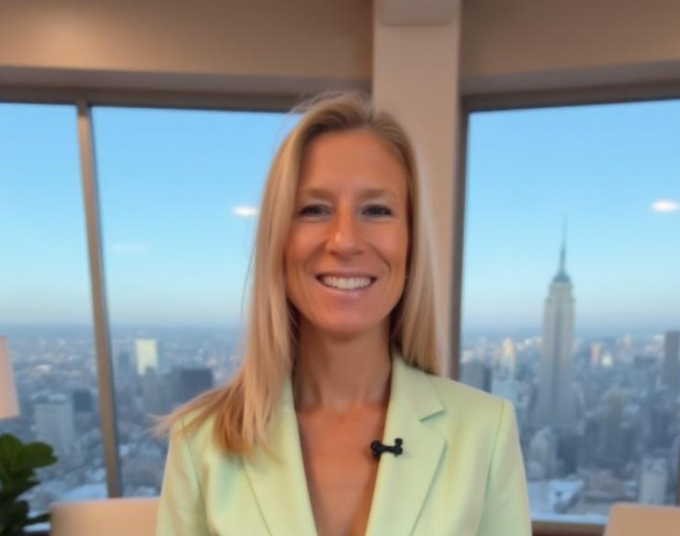
Amanda Caswell is an award-winning journalist, bestselling YA author, and one of today’s leading voices in AI and technology. A celebrated contributor to various news outlets, her sharp insights and relatable storytelling have earned her a loyal readership. Amanda’s work has been recognized with prestigious honors, including outstanding contribution to media.
Known for her ability to bring clarity to even the most complex topics, Amanda seamlessly blends innovation and creativity, inspiring readers to embrace the power of AI and emerging technologies. As a certified prompt engineer, she continues to push the boundaries of how humans and AI can work together.
Beyond her journalism career, Amanda is a long-distance runner and mom of three. She lives in New Jersey.
You must confirm your public display name before commenting
Please logout and then login again, you will then be prompted to enter your display name.








